Enterprise Social Media Management: Maintaining Brand Voice at Scale
- PrimaVerse Digital

- Sep 11
- 4 min read

To manage countless social media accounts is a challenge for any brand, but for large companies having thousands of employees, multiple departments, and various global audiences, the challenge is far greater.
Enterprise social media management ensures that large companies maintain stability in brand voice, safeguard their reputation, and engage meaningfully with audiences across platforms.
This blog explores the strategies big firms need to succeed at enterprise social media management, covering guidelines for employees, crisis management, LinkedIn thought leadership, and advanced data analysis.
Why Enterprise Social Media Management Matters
For large companies, social media is not simply a marketing tool; but it’s a customer service desk, a communication channel, and a reputation hub all combined together. Effective enterprise social media management allows brands to:
Maintain an integrated voice across hundreds of channels.
Engage different audience segments without diluting the core brand identity.
Scale communication while minimizing risks.
Measure performance across global campaigns.
Without structured governance, enterprise brands risk confusion, inconsistent messaging, and even PR disasters. See Hootsuite's enterprise social media management guide for a summary of how businesses handle these issues.
Creation of Social Media Guidelines for Employees
Set Up Clear Rules and Responsibilities
Companies typically employ a large number of active online employees. It is important that in order to manage social media, it’s better to create a detailed social media guideline. These guidelines help staff to understand what they can and cannot post, how they can represent the company, and how to handle sensitive issues.
Main Elements of Effective Guidelines
Tone of voice: Consistent across platforms.
Content approval processes: Who signs off on what?
Escalation pathways: Steps if employees encounter negative comments.
Compliance standards: Especially important for industries like finance, healthcare, and government.
Strong guidelines reduce risk and ensure employees are ambassadors, not liabilities. As Forbes points out, social media guidelines protect both employees and the organization.

Crisis Management on Social Media
Preparing Before a Crisis Hits
In today’s fast-moving digital landscape, a single viral tweet can damage brand reputation overnight. Enterprise social media management must include a crisis response framework to prepare for unexpected issues.
Core Elements of a Crisis Plan
Monitoring tools to detect potential crises early.
A dedicated response team with representatives from PR, legal, and customer service.
Pre-approved templates for quick responses.
Post-crisis reviews to improve future strategies.
Companies that plan can respond quickly, reduce damage, and rebuild trust faster. For practical steps, HubSpot offers excellent advice in its social media crisis management guide.
Leveraging LinkedIn for B2B Thought Leadership
Why LinkedIn Is Vital for Enterprises
For B2B companies, LinkedIn is the top platform for establishing authority, generating leads, and engaging with decision-makers. Effective enterprise social media management requires leveraging LinkedIn beyond simple company updates.
Top Strategies for LinkedIn Achievement
Executive branding: Motivate executives to distribute worthwhile, regular content.
Thought leadership with an industry focus: Share reports, whitepapers, and professional opinions.
Advocacy for employees: Teach staff to distribute authorized company content.
Showcase pages: Beneficial for businesses that manage several product lines or brands.
With the right strategy, companies can make LinkedIn a center for professional credibility and influence.
Explore more strategies directly on LinkedIn’s B2B marketing solutions page.
Also Read: LinkedIn Lead Generation Tactics for B2B
Analyzing Enterprise-Level Social Data
The Scale of Enterprise Data
Unlike small businesses, large companies generate massive volumes of engagement data daily across platforms like Facebook, Instagram, Twitter, LinkedIn, and TikTok. Enterprise social media management involves advanced analytics to track performance at scale.
Turning Data into Insights
Enterprises should:
Use AI-powered analytics tools to identify trends.
Segment audiences by region, demographics, and platform.
Track KPIs like brand sentiment, engagement quality, and ROI.
Align insights with broader business objectives.
Platforms such as Sprout Social’s enterprise solutions make this easier by providing deep analytics and governance features for big brands.

Key Benefits of Enterprise Social Media Management
Enterprises that adopt structured enterprise social media management strategies achieve:
Consistency: One brand voice across multiple markets.
Efficiency: Coordinated campaigns that save time and resources.
Risk control: Reduced chance of reputational harm.
Scalability: Ability to manage hundreds of accounts effectively.
Business alignment: Social media supports sales, marketing, and customer service.
Best Practices for Enterprises Adopting Social Media Governance
Invest in the Right Tools
Enterprise-level platforms like Sprinklr, Hootsuite, or Sprout Social offer advanced features for scheduling, listening, and governance.
Centralize but Empower Local Teams
A central social media hub ensures consistency, while regional teams adapt content for local culture and language.
Regular Training for Employees
Continuous training ensures staff stay updated on brand policies, compliance rules, and best practices.
Conclusion: Building Stronger Brands with Enterprise Social Media Management
As social media's reach and influence continue to grow, businesses cannot afford to implement a fragmented approach. Using professional networks like LinkedIn, interpreting large amounts of data, crisis preparedness, and establishing a consistent brand voice all depend on enterprise social media management.
In addition to safeguarding their brand, companies that employ social media strategy, technology, and governance will strengthen their relationships with global audiences.
If you want to delve deeper, Hootsuite's enterprise management resource is a great place to start.




Comments